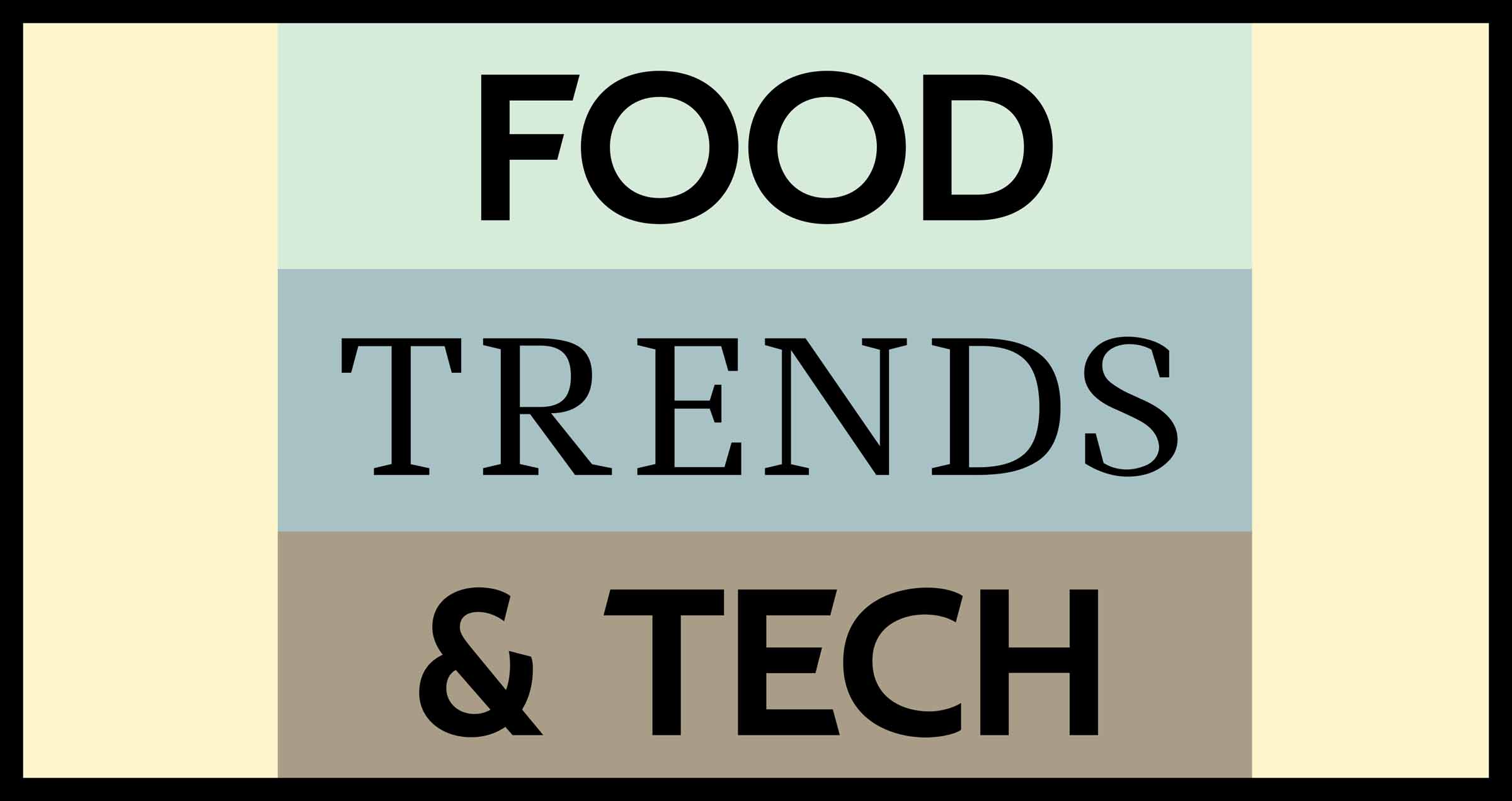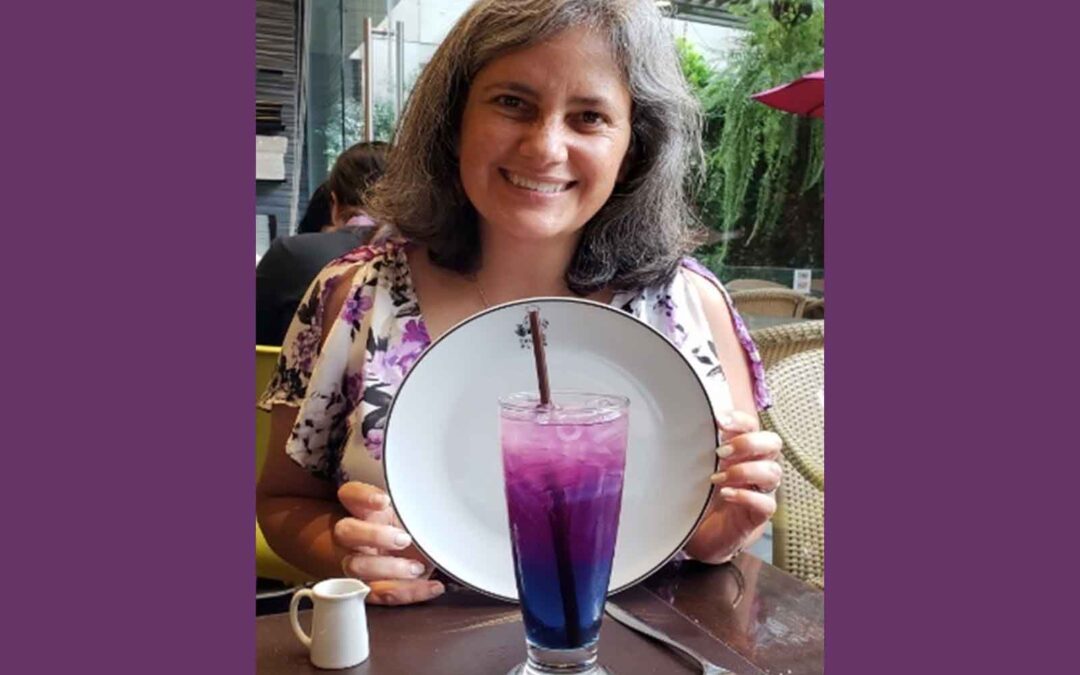Research on enhancing and stabilizing natural colorants shows that flavonoids are versatile compounds with a wide variety of uses. M. Mónica Giusti, Ph.D., Professor, Department of Food Science and Technology, The Ohio State University, described natural colorant properties and applications in “The State of Natural Colorants: Application Advice to Updates on Recent Research.” The presentation was given at the Global Food Forums 2022 Clean Label Conference.
Colorant Complexities
Consumers generally have a positive attitude towards natural colors and those from plant sources. Switching to natural colorants involves determining the appropriate color for your product and your target market and staying within regulatory restrictions in various countries. Some companies want a “universal” product that will give the same color in all applications. This is practically impossible due to different colors being expressed, depending upon various chemical properties of the product and its environmental factors—such as temperature, light, and the presence of oxygen.
Five of the 30 colorants exempted from FDA Certification (e.g., FD&C colorants) and approved for human consumption were added to the list since 2000. These colorants include butterfly pea flower extract, lycopene tomato extract or concentrate, mica-based pearlescent pigments, soy leghemoglobin, spirulina, and sodium copper chlorophyllin.
Soy leghemoglobin, for instance, turns a reddish-brown color when cooked and is used in plant-based meat applications. It is the vegetable equivalent of meat myoglobin and is produced using genetically modified yeast, noted Giusti.
Anthocyanins are found in various fruits and vegetables, including raspberries, pomegranates, berries, and grapes. The basic unit of anthocyanins is a multi-ring chemical structure typically linked to sugars and sometimes acids. Due to the multiple attachments found in these compounds, vegetable sources of anthocyanins tend to be more stable because they are more complex structures.
Grapes, associated with the wine industry, are perfect for pigment production, as the wine-making process generates a great deal of waste. The colorants derived proved to have widespread usage in many products, aided by their stability in processing and storage and lack of interactions with other compounds. Similarly, producing colorants from other waste materials would make the colorant industry more efficient and sustainable.
More on Natural Colorants Properties and Applications
Giusti’s research revealed that anthocyanin color might be intensified and stabilized with co-pigments. Colors of anthocyanins may be changed by adding different metals or by using a compound—sometimes a colorless one that shifts or intensifies the resultant color. A compound causing such a shift may require less colorant to achieve the same intensity. Giusti explained that another class of colorants derived from wine, pyranoanthocyanins, have greater color stability than anthocyanins, and her laboratory is exploring ways of producing those pigments more efficiently.
Carotenoid colorants, derived from substances such as annatto extract, β-Carotene, paprika/paprika oleoresin, and saffron, impart colors from yellow to orange to intense red. Many carotenoids are “nature-identical,” derived from natural compounds that mimic the actual substance found in nature. Carotenoids are available in various forms, from a liquid suspension in vegetable oil to beadlet-water dispersible.
Betalains are colorants derived from beets, ranging from yellow to the more typical purplish-red. Betalains are water-soluble and work well close to neutral pH but are sensitive to light, heat, and oxygen.
Other commonly used colorants include caramel, which gives a range of brown colors; turmeric, providing yellow and orange hues; and cochineal, an insect source yielding the colorant carmine, which is orange to brick-red. It is mainly used in cosmetics because consumers oppose the use of insects in food sources.
Both colorant suppliers and those who formulate with colorants attended the Clean Label Conference. Suppliers should work with users to customize and modify colors for each application. Customers will benefit from working closely with suppliers to obtain the best natural product solution. This may result in (reasonably) higher costs, but consumer perception will be better. It also facilitates standardized formulations opening international marketing.
“Natural Colorants: Challenges and Opportunities,” M. Mónica Giusti, Ph.D., Professor, Dept. Food Science and Technology, The Ohio State University, Columbus, Ohio, [email protected]. [To access the presentation PDF, see https://foodtrendsntech.com/wp-content/uploads/2024/02/Giusti-Natural-Colorants-2022-Clean-Label-Conf-Rev-v1.pdf.]
Photo Caption: Butterfly pea flower extract, FDA-approved in October 2021, is an anthocyanin that gives a beautiful blue color at lower-than-expected pH levels. This natural blue colorant is ideal for lemonade, as adding citrus juice (further lowering the pH) gives it a pink color. [Speaker Mónica Giusti is shown in the photo.]
Source: M. Mónica Giusti, Ph.D., The Ohio State University & Fellow of the National Academy of Inventors/2022 Clean Label Conference.
Click on the phrases below to see related articles on these topics at FoodTrendsNTech.com.

